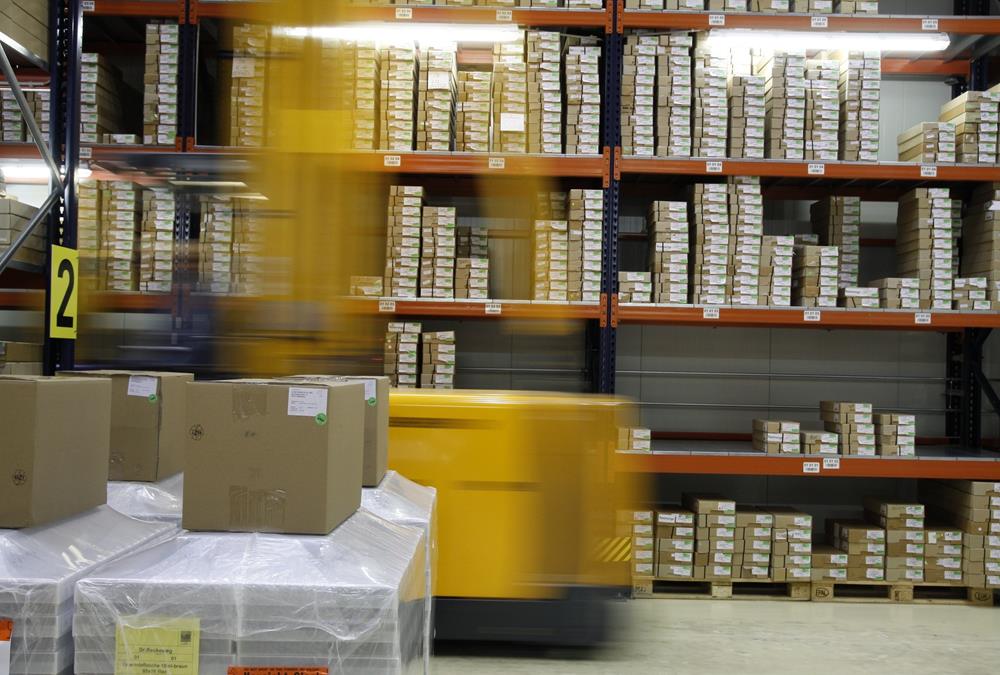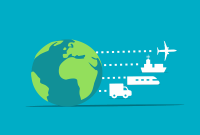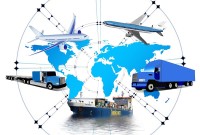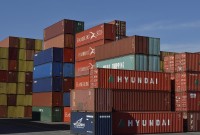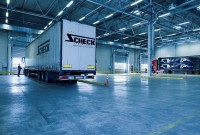- Home
- Business Processes
- Industry Knowledge
- Aerospace Industry
- Automotive Industry
- Banking Domain
- BFSI Industry
- Consumer/ FMCG Industry
- Chemicals Industry
- Engineering & Construction
- Energy Industry
- Education Domain
- Finance Domain
- Hospitality Domain
- Healthcare Industry
- Insurance Domain
- Retail Industry
- Travel and Tourism Domain
- Telecom Industry
- Leadership Skills
- eLearning
- Home
- Functional
- Procure to Pay
- Warehouse Packaging Process
Warehouse Packaging Process
Before shipping, businesses need to make sure that the items will arrive in good condition. Packaging is a form of protection against environmental threats that the product will face from the time it leaves warehouse facility until the time it reached the customer. The packaging is intended to provide protection for the item as it is being handled in the warehouse or when the item is being shipped.
What is Packing?
Before shipping, businesses need to make sure that the items will arrive in good condition. Packaging is a form of protection against environmental threats that the product will face from the time it leaves warehouse facility until the time it reached the customer. The packaging is intended to provide protection for the item as it is being handled in the warehouse or when the item is being shipped. In this process, warehouse workers pick products from the storage locations and move them to a packing station where they check the item quantities and types, and assign them to appropriate containers. When a container is fully packed, they can close it and move it to the outbound docks, and the products are ready to ship.
Packing Process
The packing process allows you to validate and pack products into containers. Packing in a warehouse depends on the way the inventory is picked and the reference available to the packer. Packing also depends on the containerization process. Once an order is picked, it is handed off to a packer. The packer is responsible for securely placing the items in a box or poly mailer, adding in any needed packing materials, and putting a shipping label on it.
Packaging Product Dimensions
Before items can be stored or packed efficiently, warehouse management system need to understand and define packaging product dimensions for each of the product. Each dimension type provides a set of physical measurements (weight, width, depth, and height), and establishes the process where those physical measurement values apply.
Some examples of packaging dimensions are given below:
Storage Storage dimensions: are used along with location volumetric to determine how many of each item can be stored in various warehouse locations.
Packing Packing dimensions: are used during containerization and the manual packing process to determine how many of each item will fit in various container types.
Nested Packing: Nested packing dimensions are used when the packing process contains multiple levels.
Shipping Dimensions Shipping dimensions of the product may be different from actual, laid out dimensions. Shipping dimensions refer to the size of the item or package when it will be shipped. This may include extra padding or wiggle room required.
Packaging Types
There are different types of packaging that are used for finished goods; internal packaging and external packaging. The external packaging must be sufficient to protect the internal packaging as well as the finished item. The external packaging should have dimensions that allow a suitable quantity to be stored on a pallet most efficiently. Choosing the right packaging for a shipment depends on the products, the shipping method, and the destination. The right packaging method is the one that ensures that your product arrives in good condition for the lowest cost.
- By far the most common form of packaging is cardboard, also known as corrugated fiberboard or just corrugate. Corrugate is cheap, strong, and light, so it’s the perfect material for packaging all kinds of products.
- Some products can still get damaged if they move around inside a cardboard box, however. One solution is to add filler materials such as packing paper, packing peanuts, or bubble wrap.
- If the products you’re shipping are sensitive to moisture, there may be a need to use an anticorrosion coating, special wrapping, or moisture-absorbing packets.
- Electronic products are sensitive to static electricity, so these products require special protection against electrostatic discharge.
Packing Materials and Fees
Packing material fees are paid to vendor company based on per unit of weight, for each material that a packing unit consists of. Packing material weights and fees are calculated for sales order lines and purchase order lines. Packing Cost is calculated based on type of packing material and price of same for a specific period.
Related Links
You May Also Like
-
Resource Planning is the process of planning for expected workload and determining the number of resources required to complete each activity in the warehouse. There are many types of warehouse positions, and they also vary by the employer, the scale of operations and location. Discussed here are generic positions applicable to warehouse management processes.
-
After products have been received and passed a quality inspection, they need to be stored so that you can find them when you need them. This process is called putaway. The spot where you store a particular product is called a location. One section of a warehouse might have small locations for light items; another area may have large locations on the floor for heavy items.
-
To stay competitive in today’s tough market, the location of your warehouse is vital. To grow retail business need to offer to customers faster and affordable shipping time, which is dependent on the warehousing location as the location of the warehouse affects the transit time to ship orders to customers.
-
At a high level, the essential elements in a warehouse are an arrival bay, a storage area, a departure bay, a material handling system and an information management system. As part of the process for enabling a warehouse layout, you must define warehouse zone groups, and zones, location types, and locations.
-
Overview of Third-Party Logistics
Third-party logistics (abbreviated as 3PL, or TPL) is an organization's use of third-party businesses to outsource elements of its distribution, warehousing, and fulfillment services. A third-party logistics provider (3PL) is an asset-based or non-asset based company that manages one or more logistics processes or operations (typically, transportation or warehousing) for another company.
-
Business Case of Multiple Warehouses
Adding extra warehouses to business provides many benefits such as reducing shipping costs, increasing storage capacity, and having warehouses for specific purposes to simplify overall warehouse management. Multiple warehouses allow you to organize your inventory in a way that helps your business be more effective.
-
Warehouse management and distribution logistics involve the physical warehouse where products are stored, as well as the receipt and movement of goods takes place. Warehouse management aims to control the storage and movement of products and materials within a warehouse. These operations include the receipting of inwards goods, tracking, stacking and stock movement through the warehouse.
-
Transport operations are often divided into full load and part load and due to economies of scale, the unit costs are higher for part loads. Our customer needs several part loads delivering, so it can reduce costs by consolidating these into full loads. Then it gets all the part loads delivered to a warehouse near the suppliers, consolidates them into full loads, and pays the lower costs of full-load transport to its operations.
-
When products arrive at a facility, there need to be a defined process to let them in. The process for accepting inventory when it arrives is called "Receiving". Any warehousing operation must be able to receive inventory or freight from trucks at loading docks and then stow them away in a storage location. Receiving often involves scheduling appointments for deliveries to occur, along with unloading the goods and performing a quality inspection.
-
In the normal course of business, customers are likely to return orders from time to time due to various reasons and business should design processes the manage and accept such returns. A well designed returns management process can reduce costs and issues associated with returns or exchanges.
Explore Our Free Training Articles or
Sign Up to Start With Our eLearning Courses

About Us
Learning
© 2023 TechnoFunc, All Rights Reserved
